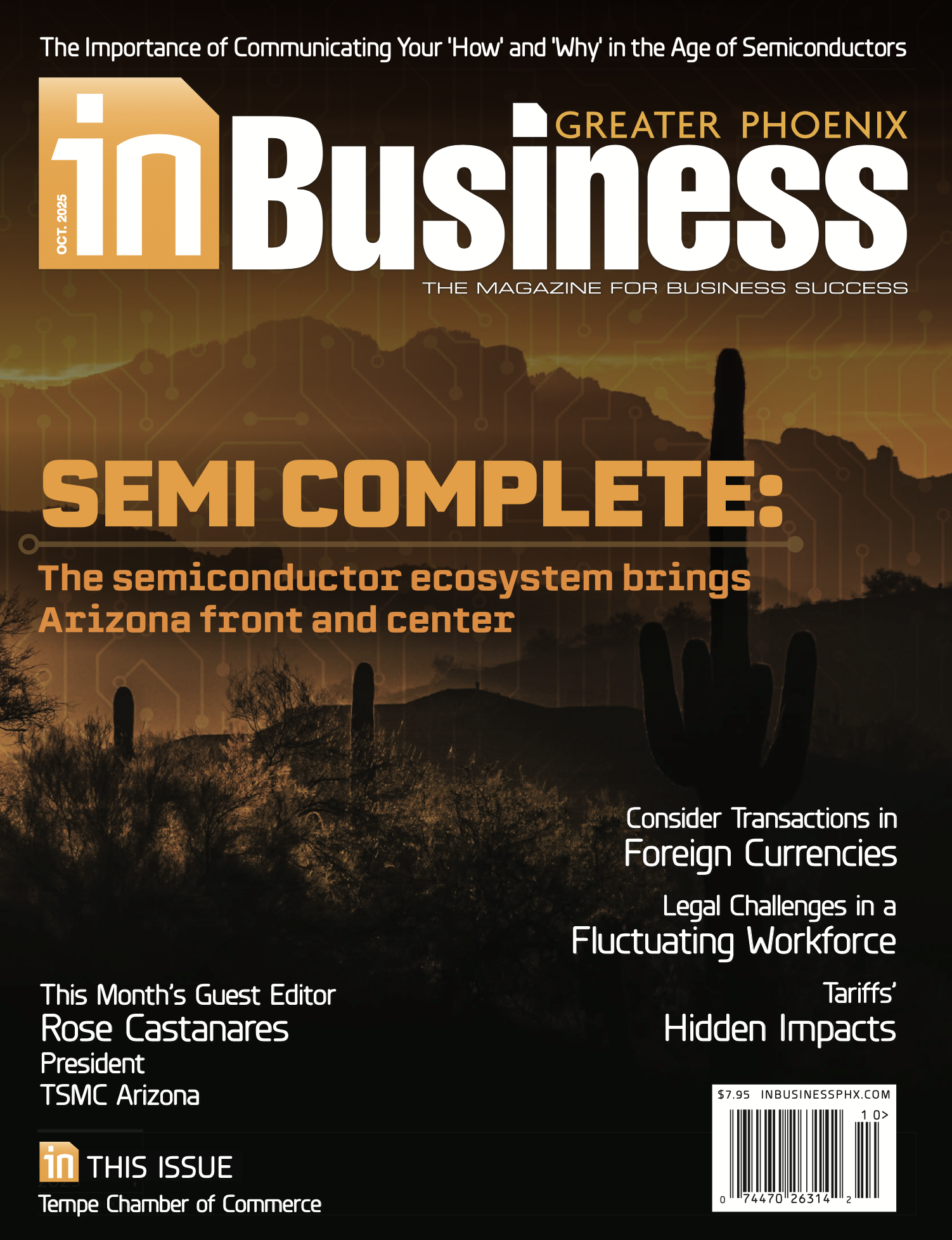
“Whenever you see a successful business, someone once made a courageous decision.” —Peter F. Drucker
In my previous article, exploring the possibilities, our topic was seizing the opportunities for the business to take advantage of change. In this article, we will explore the methods to evaluate the ideation that occurred as we explored the new possibilities that lie ahead. In looking for those opportunities, insights have been gathered about the business and, in the process, tons of new, fresh ideas were generated. But now, what is the next step? How does the business effectively vet all the new possibilities before it?
Idea evaluation begins with building a decision framework that provides structure around the process. Having a distinct methodology for evaluation enables efficiency and impact in making meaningful decisions. Laying the groundwork early will help positively impact a business’s decision-making process.
The first step is to remain true to the mission, vision and values. Roy Disney once said, “It’s not hard to make decisions when you know what your values are.” It is extremely important that the decisions do not conflict with the business’s values, the “why” of the business or the reason it exists.
Next, defining the decision timeframe, who will make the decision and at what different milestones, establishes clear guidance for the process. Gathering the data needed to evaluate the decision and involving those within the organization in the process enables the opportunity to move forward in a systematic manner. Finally, involving a diverse group of individuals inside the organization ensures the idea evaluation will include a diverse set of individuals.
Throughout the process, the business should encourage active participation and dialogue from all constituencies. The objective is to identify roadblocks that might sabotage the decision’s success. Calling out the risks upfront allows for their consideration in the process and perhaps the elimination of items that are not viable. However, before eliminating an idea, it’s wise to look at possible alternatives that might make that approach more palatable. And making sure everyone is value-aligned with the proposed idea versus just agreeing ensures that whatever recommendation moves forward, the organization remains true to its core values and beliefs.
Make the Decision!
Too often, after consideration, delay sets in or there is doubt about the direction or process. This is the most important time to remain true to the process and offer the chance to move the idea forward. Sometimes, building in some reflection time prior to execution will offer additional breathing room. Ultimately, the bias should be toward action, so as to not lose momentum. If there is significant uneasiness, revisit the decision framework if needed.
Finally, businesses should document the process along with the background data used in making the decision. This will ensure that future staff and leadership will understand how the organization arrived at the decision and the background used in deciding. It’s important to remember that creating impact often comes from broad visions and simple actions.
Dave Ulrich, a university professor, author and management consultant, sums it up nicely in his blog “What Do Thought Leaders Think” on the 10th Global Peter Drucker Forum: “To respond to inevitable change, we need to look forward to opportunity more than lament the discomfort of the present; learn from both failure and success and see failure as an opportunity to learn; and recognize and let go of unconscious biases that hinder change. We now accept the fact that learning is a lifelong process of keeping abreast of change. And the most pressing task is to teach people how to learn.” Let’s take Professor Ulrich’s advice and explore some new opportunities and decide to move forward on the best of them!
 Bruce Weber is founder and president/CEO at Weber Group. Weber brings more than 20 years of experience to the for-profit and nonprofit community, working with startup, growth and mature organizations. His focus is in strengthening organizations through strategic planning, organizational development, leadership and board development. He is a BoardSource Certified Governance trainer and a founding partner of the Nonprofit Lifecycles Institute.
Bruce Weber is founder and president/CEO at Weber Group. Weber brings more than 20 years of experience to the for-profit and nonprofit community, working with startup, growth and mature organizations. His focus is in strengthening organizations through strategic planning, organizational development, leadership and board development. He is a BoardSource Certified Governance trainer and a founding partner of the Nonprofit Lifecycles Institute.
“Making Sense of the Puzzle” is the third article in Bruce Weber’s series on Change: The Provider of Opportunity
“Execute Wisely and Strategically” (In Business Magazine October 2021)
“Making Sense of the Puzzle” (In Business Magazine August 2021)
“Embrace the Unknown” (In Business Magazine May 2021)
“Exploring the Possibilities” (In Business Magazine June 2021)

















